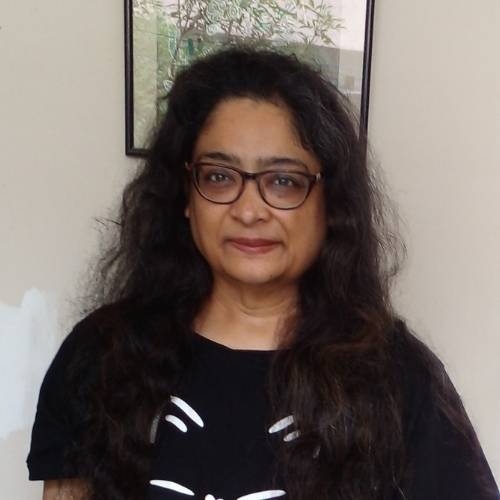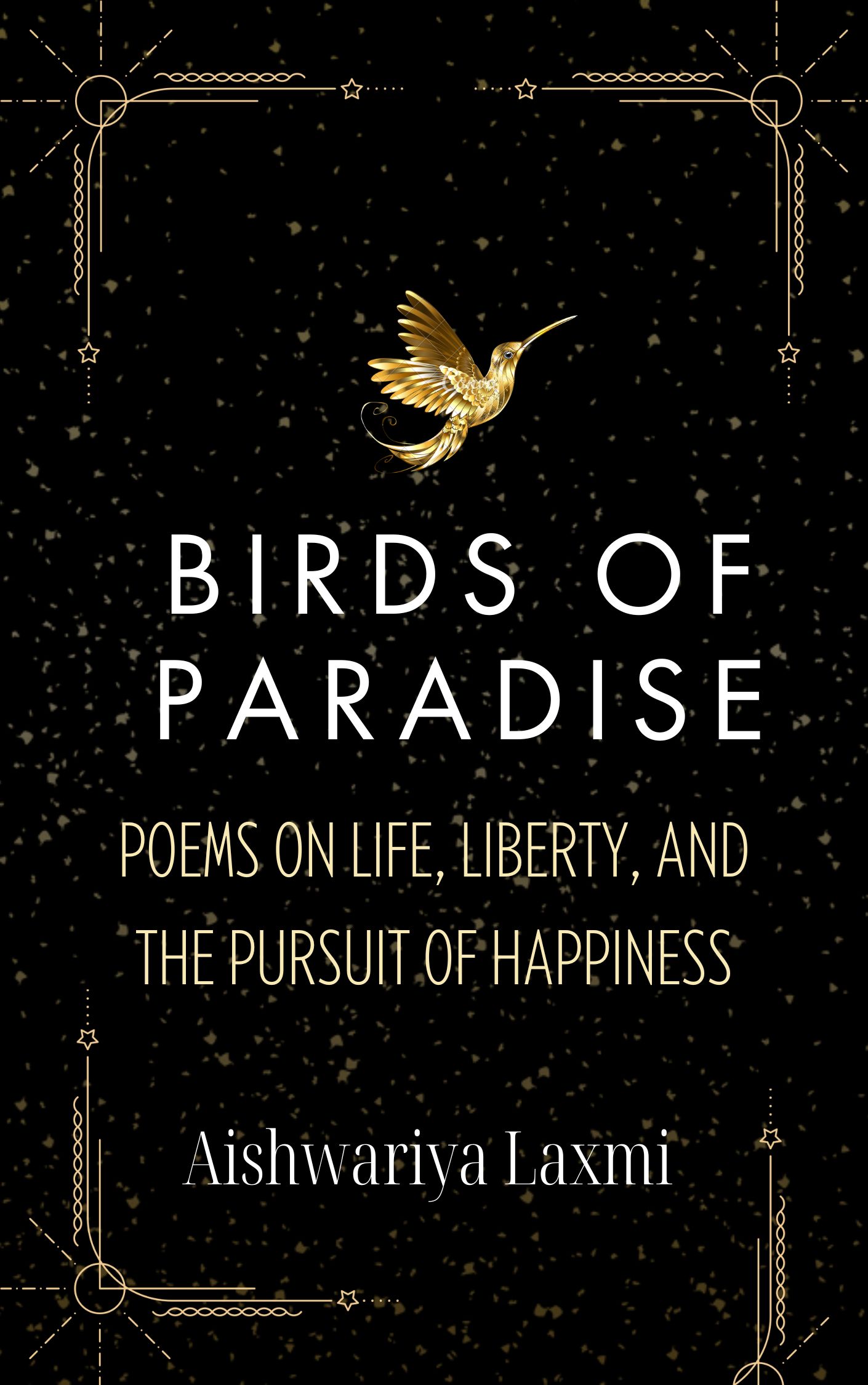A book review by K.S.Loganathan
Abraham Verghese is an American physician and author from Stanford University School of Medicine. In this multigenerational family saga set in Kerala, he tells the story of Big Ammachi, the matriarch of Parambil Estate, and three generations of her family from 1900 to 1977. Big Ammachi arrives at the 500-acre estate-in-formation as a Saint Thomasian child—bride of the owner, a forty-year-old widower with a baby son.
The family keeps many secrets, binding or tearing them asunder over time. The most prominent among these is what Big Ammachi calls ” the condition”, whose symptoms, deafness and an aversion to water make the afflicted somewhat eccentric, terrified of floods but not of heights, and inclined to remain on the land. Their feud with water is a real handicap in a place where water is abundant; in every generation, at least one person in the family dies by drowning, as evidenced by a genogram kept as a family history. Big Ammachi’s granddaughter and namesake, Mariamma, becomes a physician and researches “the condition” medically, eventually leading to its treatment.

However, the novel is not only about the disease of von Recklinghausen. Other perils- leprosy, goiter, hypothyroidism, opioid addiction, prenatal care, cancer etc., play a large part in the story, and there are elaborate descriptions of medical training procedures and practices, as well as accurate anatomical descriptions. Along the way, the book handles the themes of social inequalities, particularly the plight of the adivasis and the pulayars, colonisation and oppression, religious intolerance as well as the sweeping political changes, including the rise of communism and extremism in Kerala over the decades. A man known as ‘Uplift Master’ arrives, and he is adept at bringing development to Parambil despite numerous bureaucratic hurdles.
Digby Kilgour is a Scotsman who joined the Indian Medical Service as a surgeon and sailed to Madras in 1933 to join duty at Longmere Hospital to run the native surgical wards. He befriends Franz and Lena Mylin, an English couple when he treats Lena for a misdiagnosed gallbladder inflammation. He runs foul of his superior,the irresponsible Claude Arnold, and has a tragic liaison with Arnold’s wife, Celeste, as the outcome of which he flees to the Mylins’ estate in Kerala and receives treatment from a Swedish doctor, Rune Orqvist, who runs a leprosarium. The centre would be crucial in the story in the coming decades.
The novel moves slowly, the timeline of events meticulously chronicled, even as many tragedies occur over its 714 pages. There are numerous characters, but they are peripheral to the narrative and not nuanced. In contrast, the central characters -Big Ammachi and Philipose—are inactive, the latter in particular afflicted with profound melancholia. There are long sections of the novel where an essential character like Digby disappears, leaving the reader with the impression that it is difficult to like him.
My Views
This is one of the great novels about India that Indian expatriates have publicized. It is hard to ignore but difficult to like. The descriptions of the land, the community, and its customs are accurate enough and may interest readers who are unacquainted with Kerala . However, a glaring omission in the book is the Kerala Land Reforms Act of 1963, which accelerated the split-up of large estates into smallholding plantations of less than five acres. Parambil remains large in the book even after Big Ammachi donated 150 acres to a community hospital in the sixties.
The book consists of 84 chapters divided among ten parts, arranged in time and place, except for chapters 81 to 83, which flashback to an earlier, climactic period. The denouement underscores the truism that fate (not geography) is destiny. There is no evil villain except human flaws and diseases. Perhaps the principal characters could have advanced the plot better if they had narrated the story.
The tale is about families and their sorrows, and it is hard for the native reader to put down the book with the satisfying feeling that justice has prevailed, good has triumphed over evil, or there are positive signs that the injustices are being addressed. Consequently, it does not achieve emotional resonance with the local reader. Even the advances in medical treatment, though impressive, are not enough to leave us hopeful for the future.











